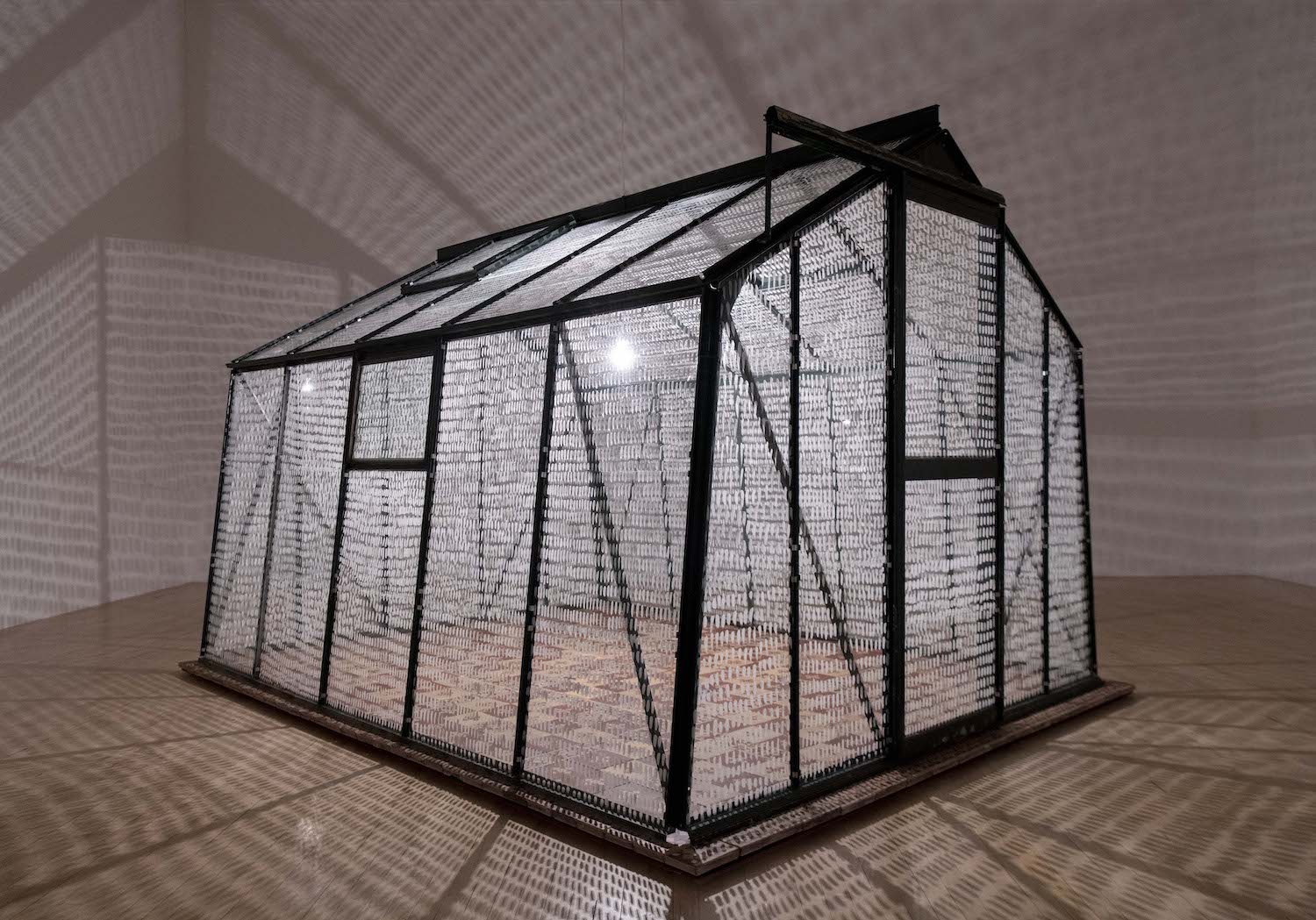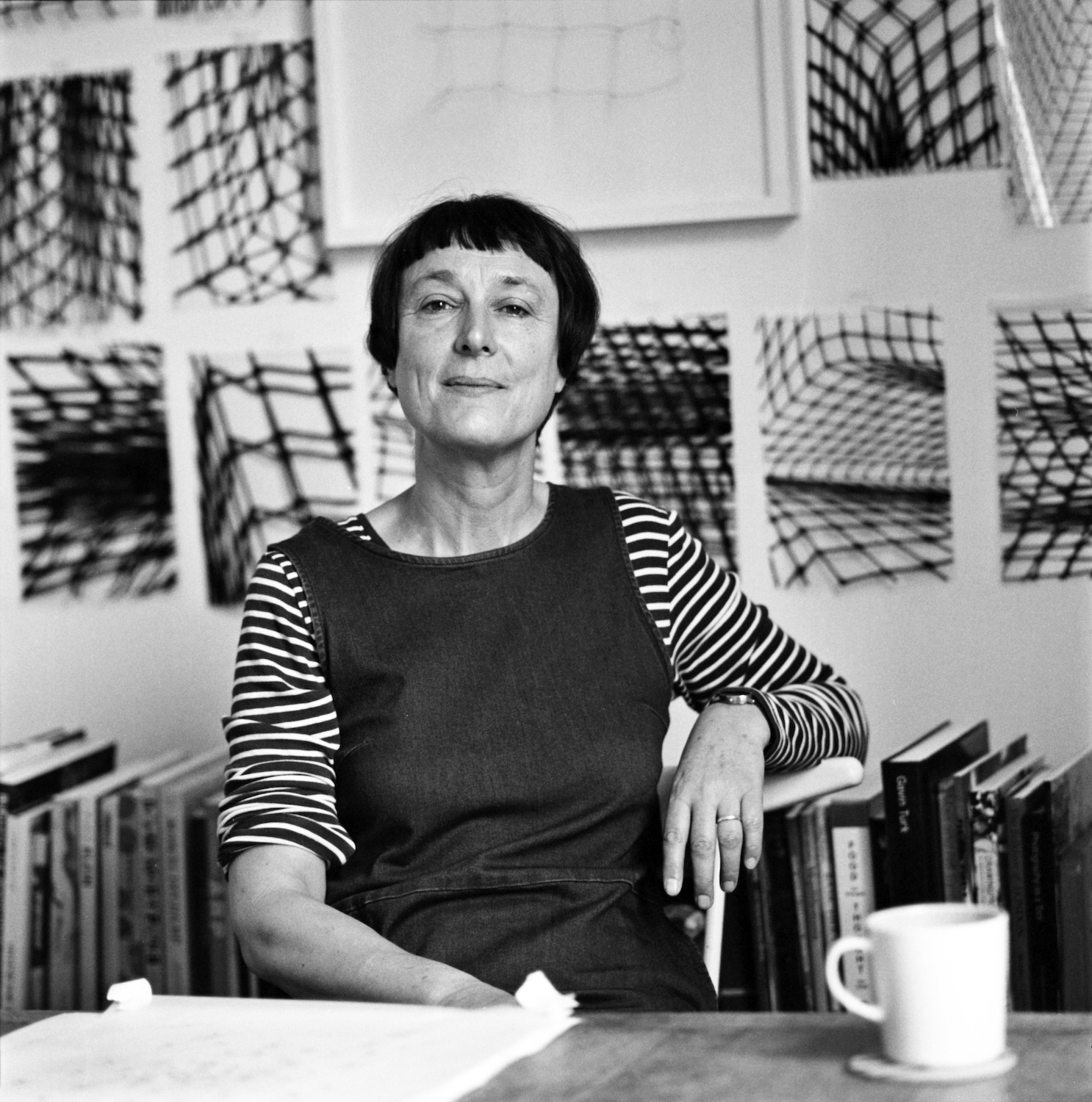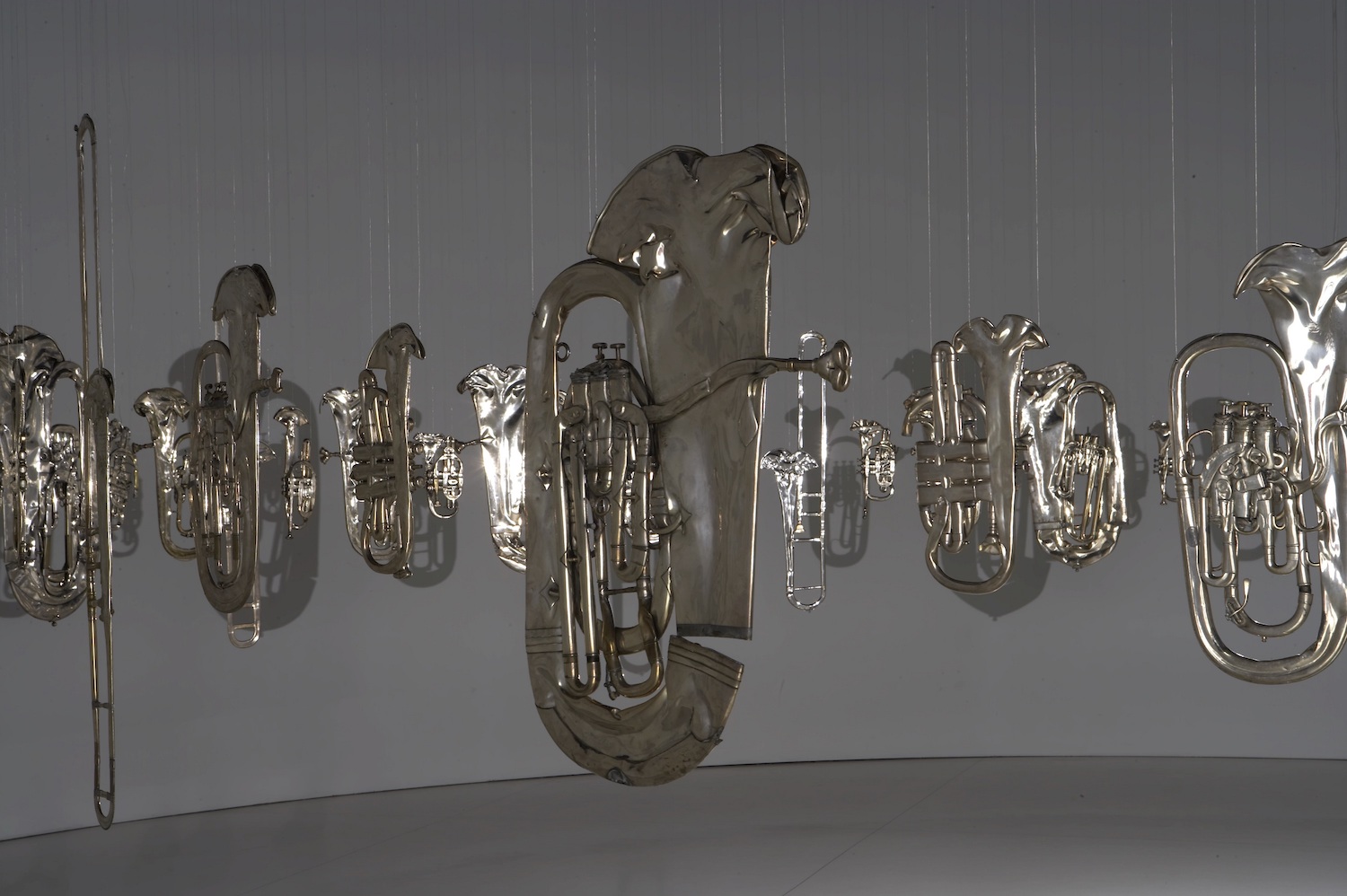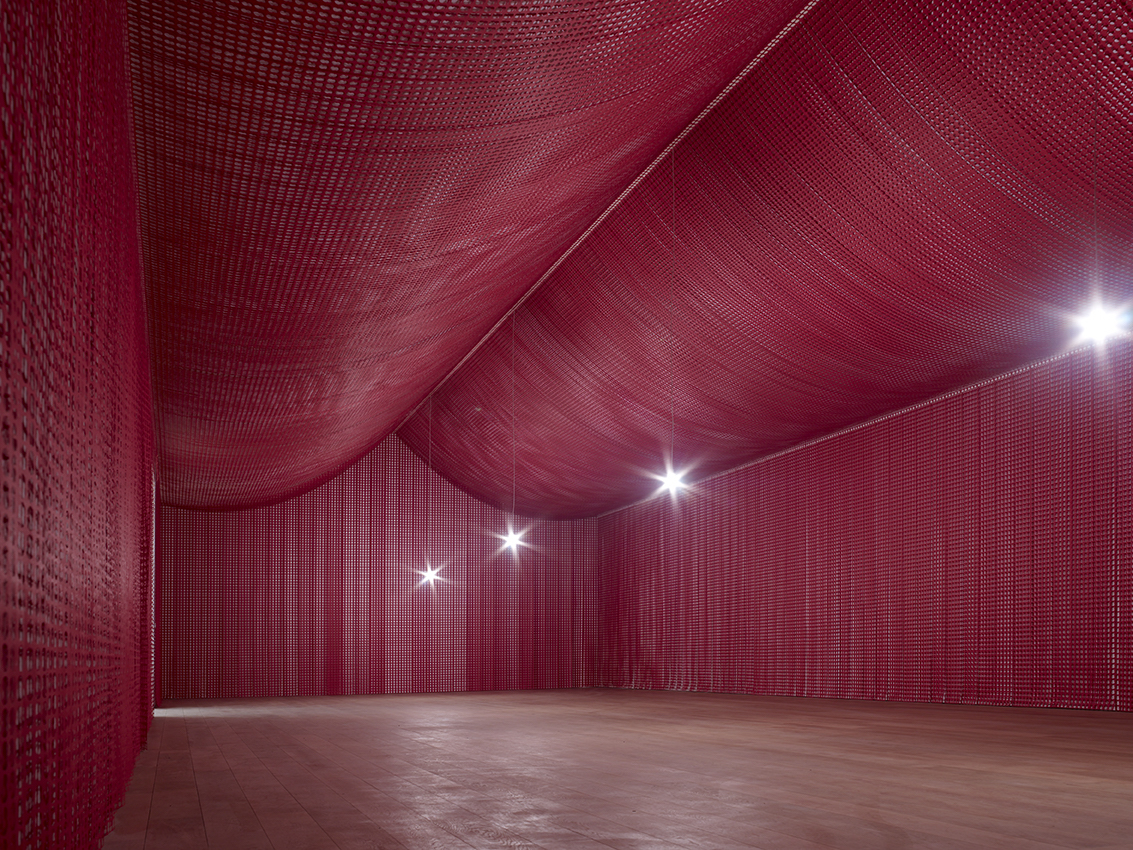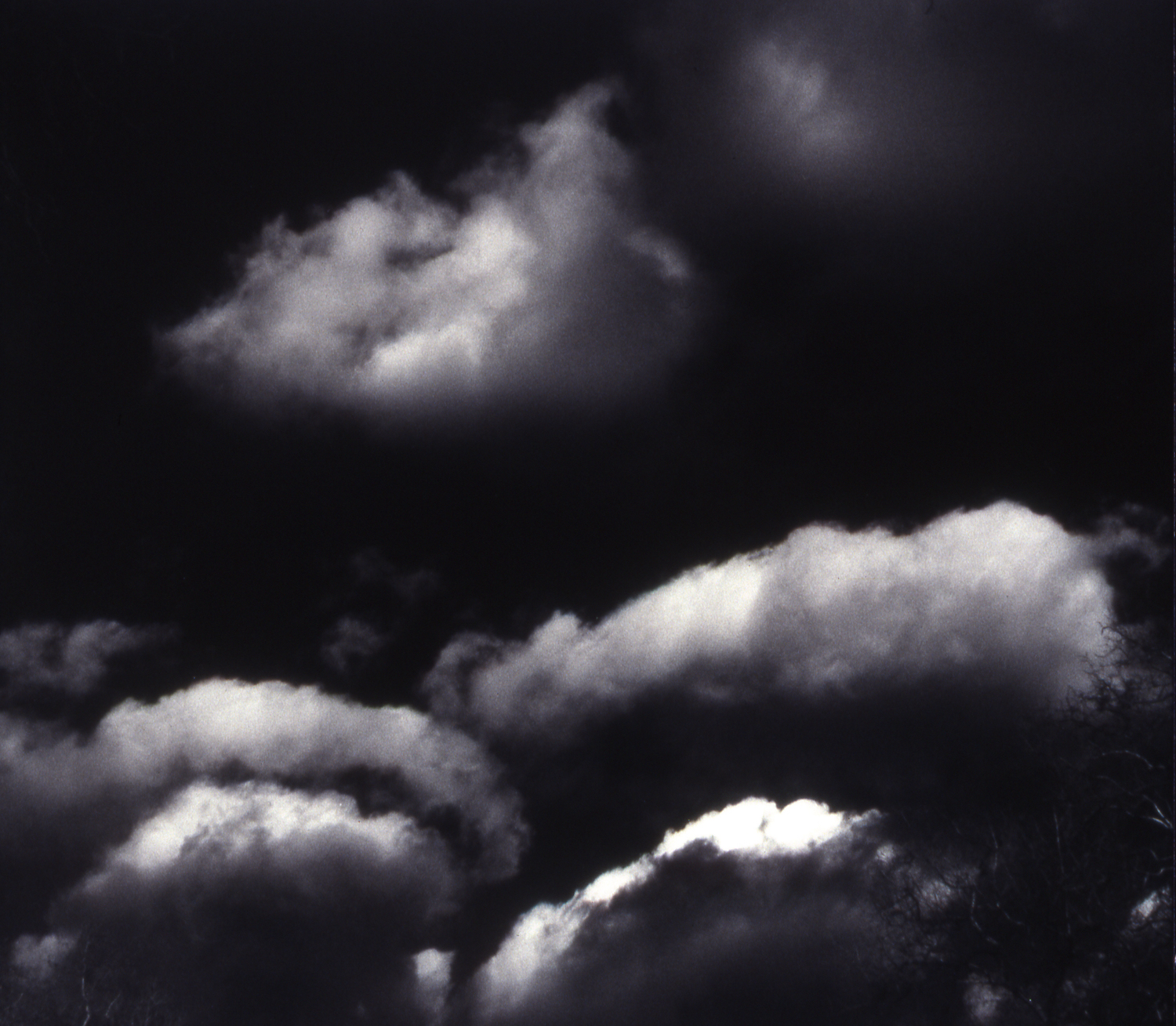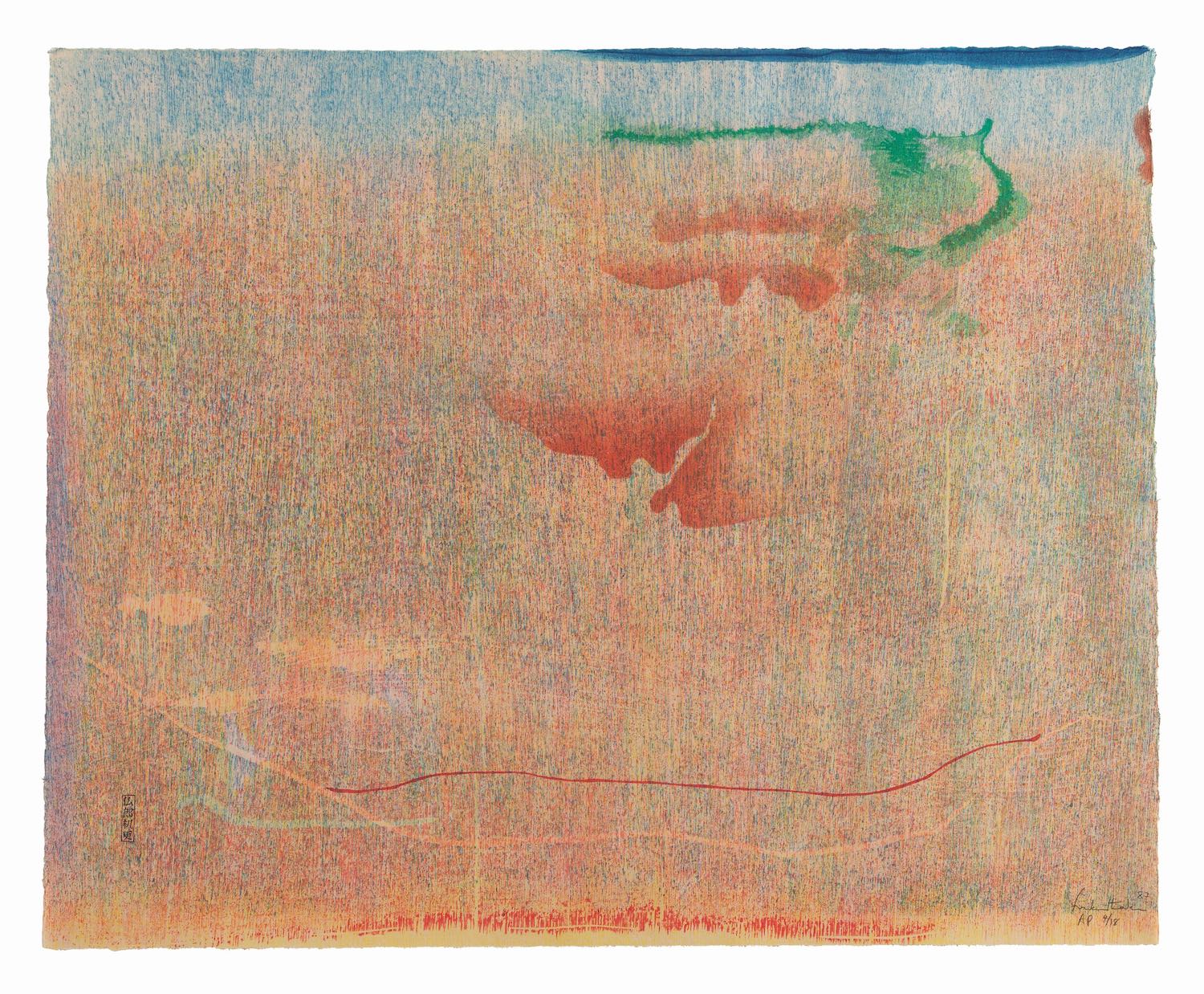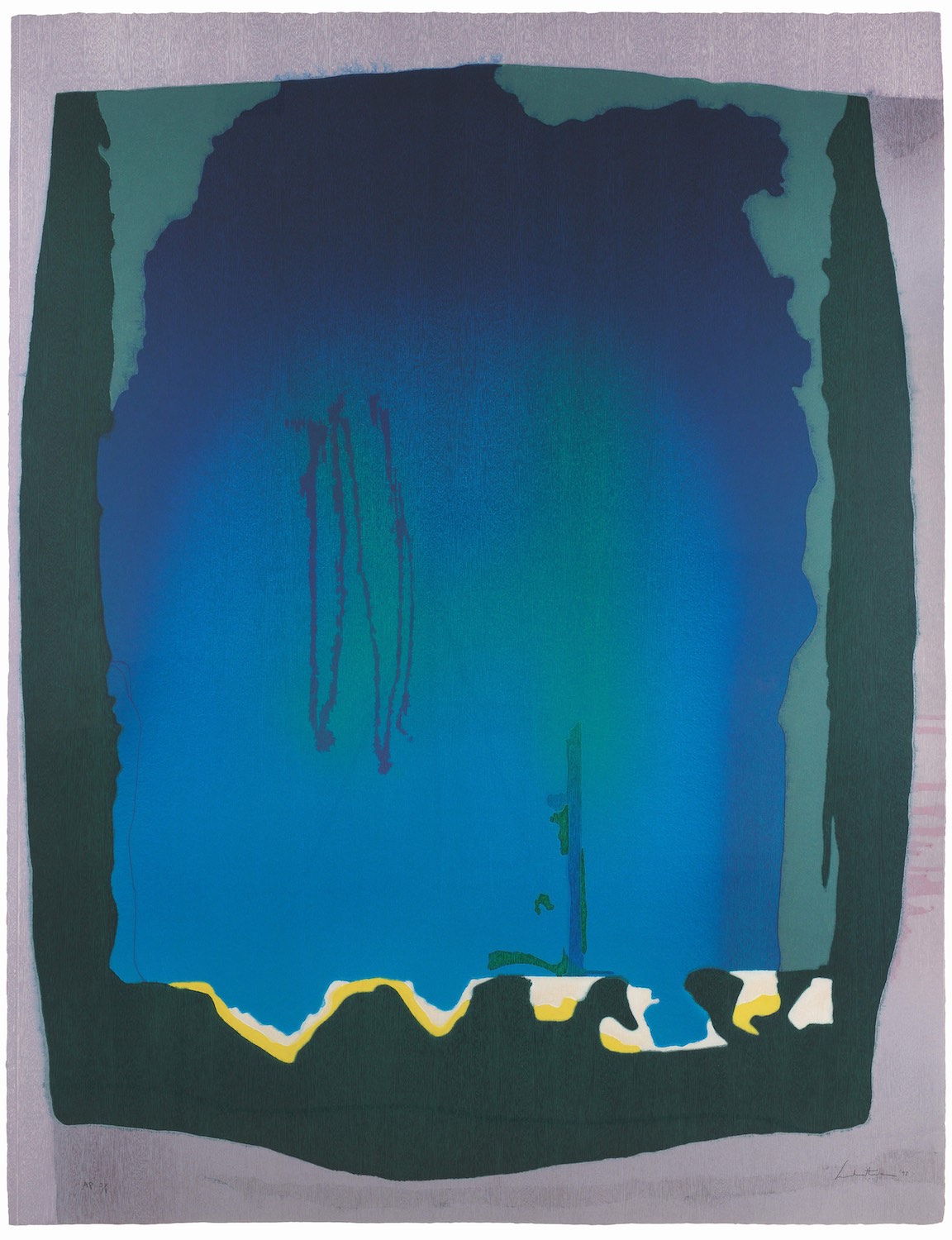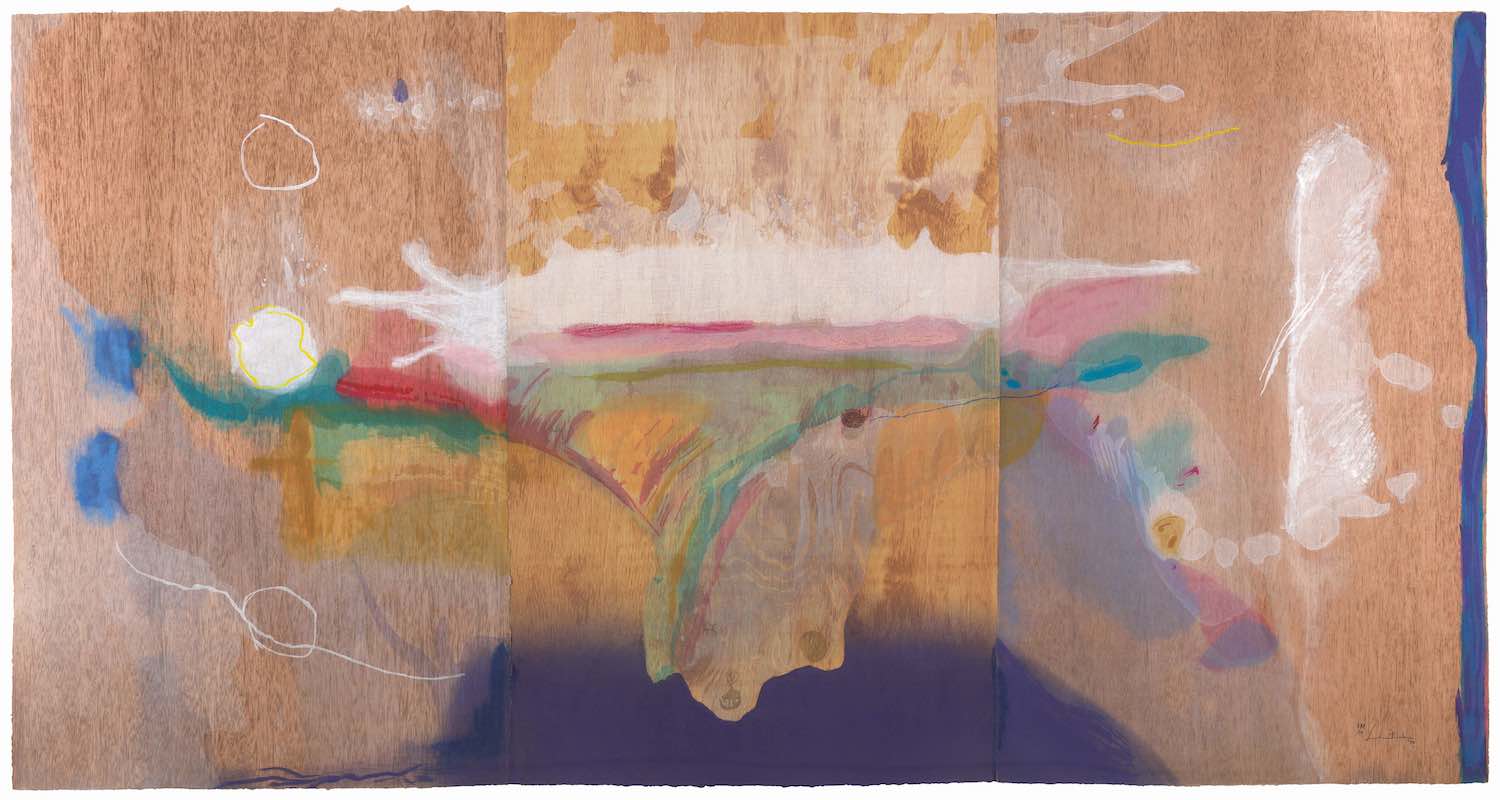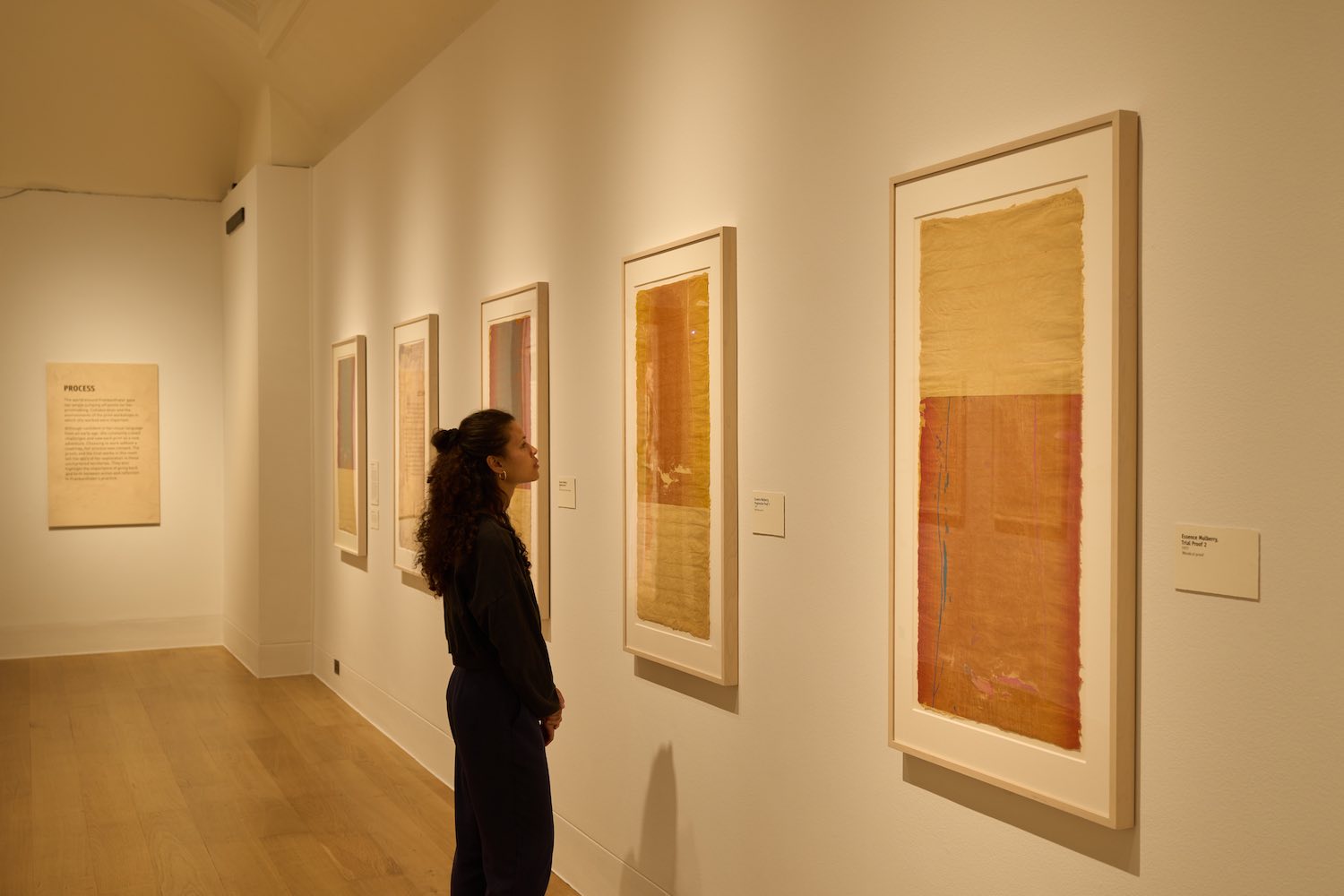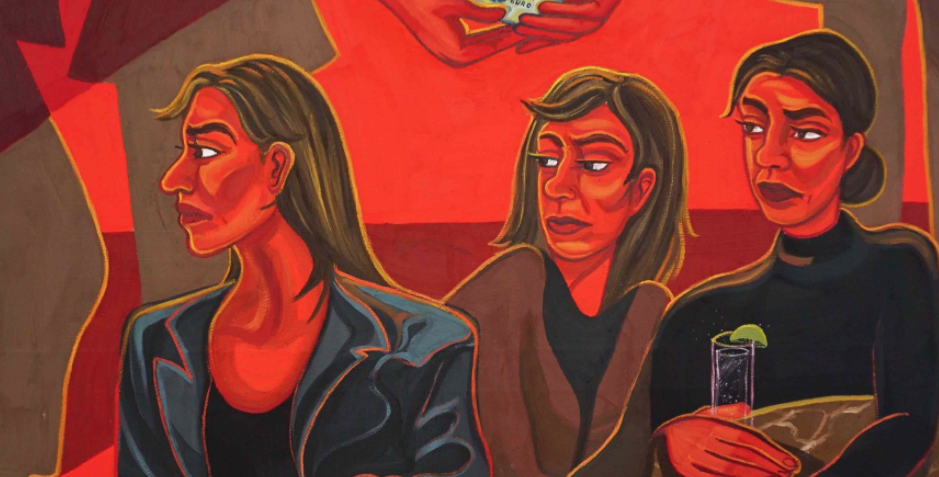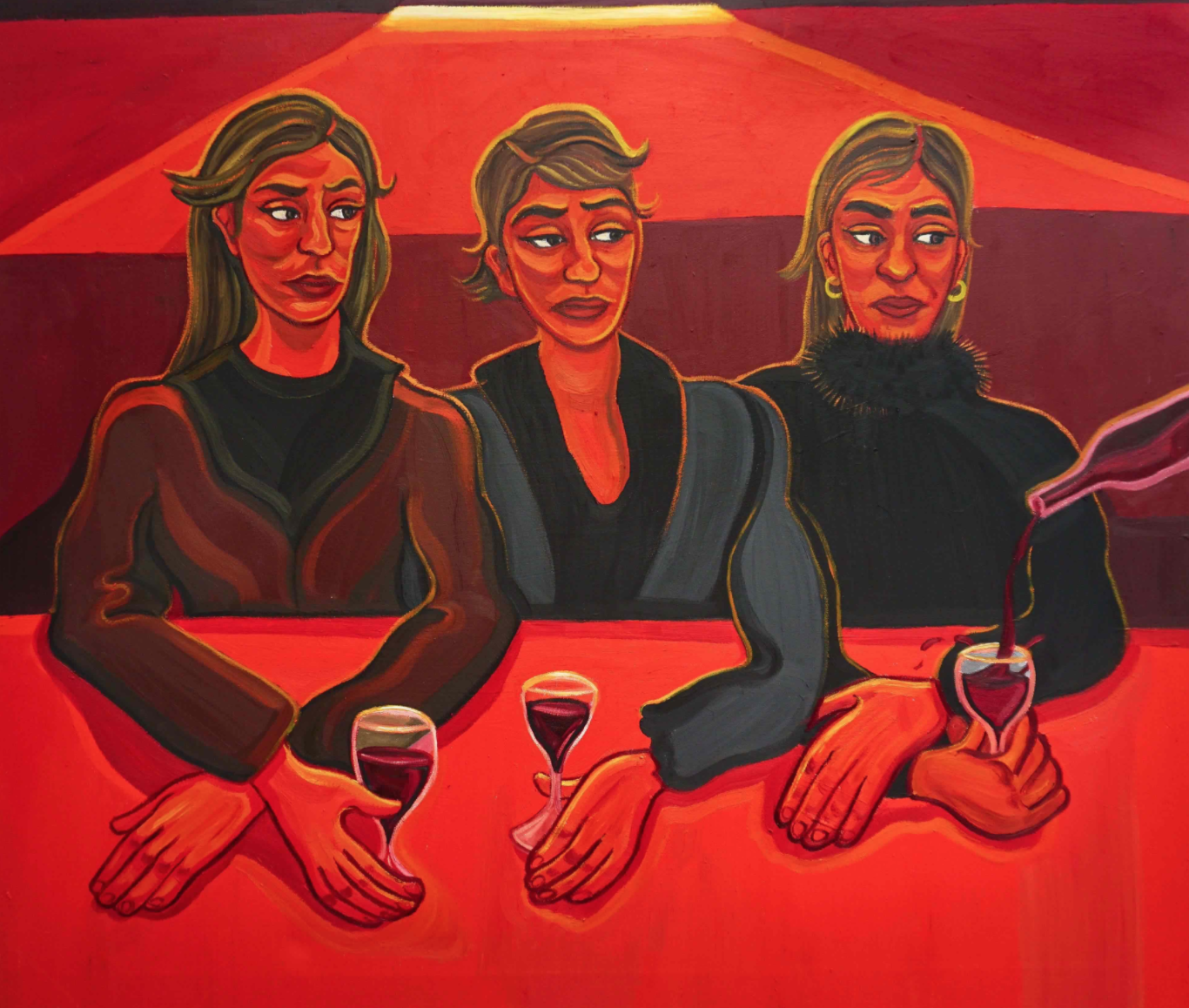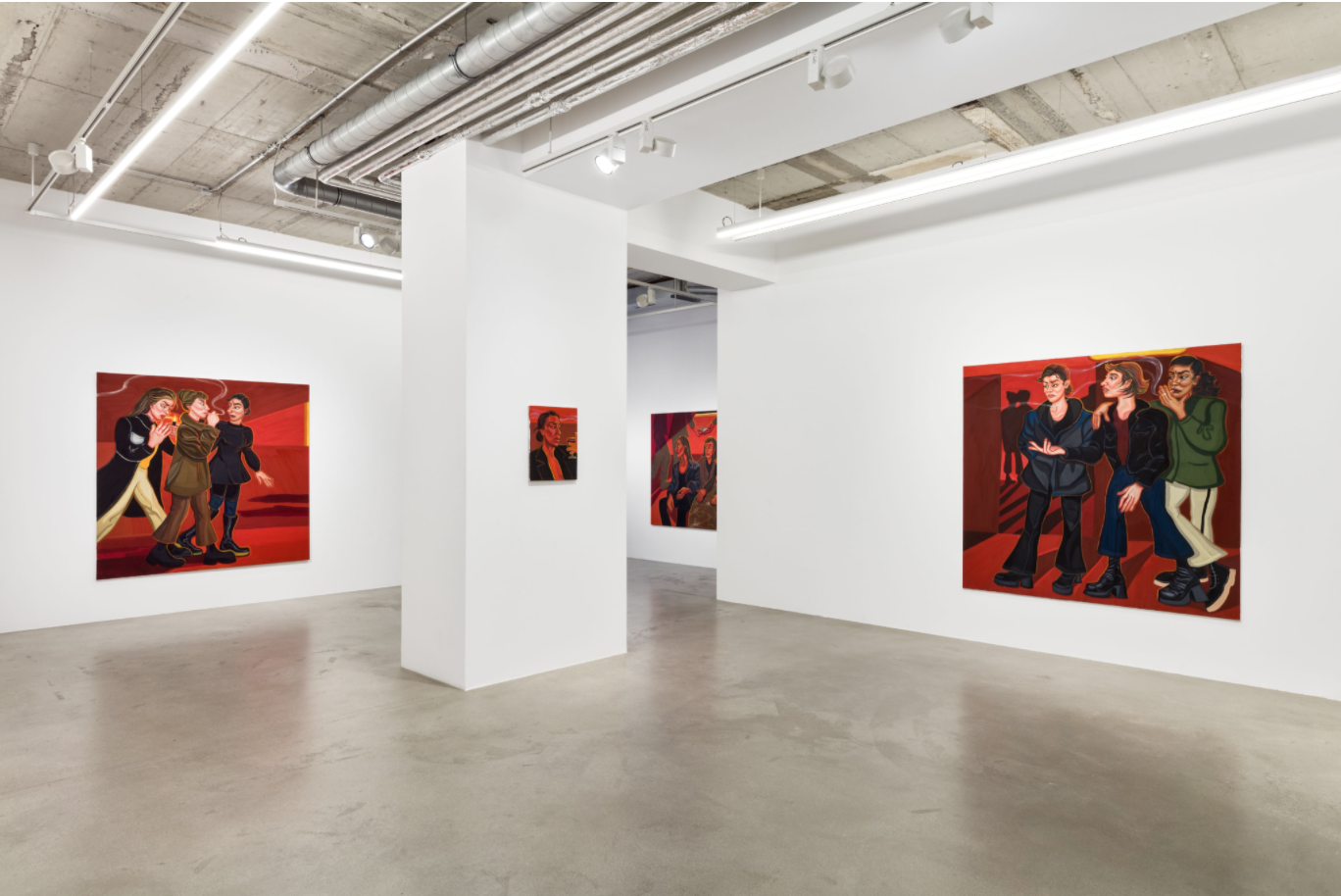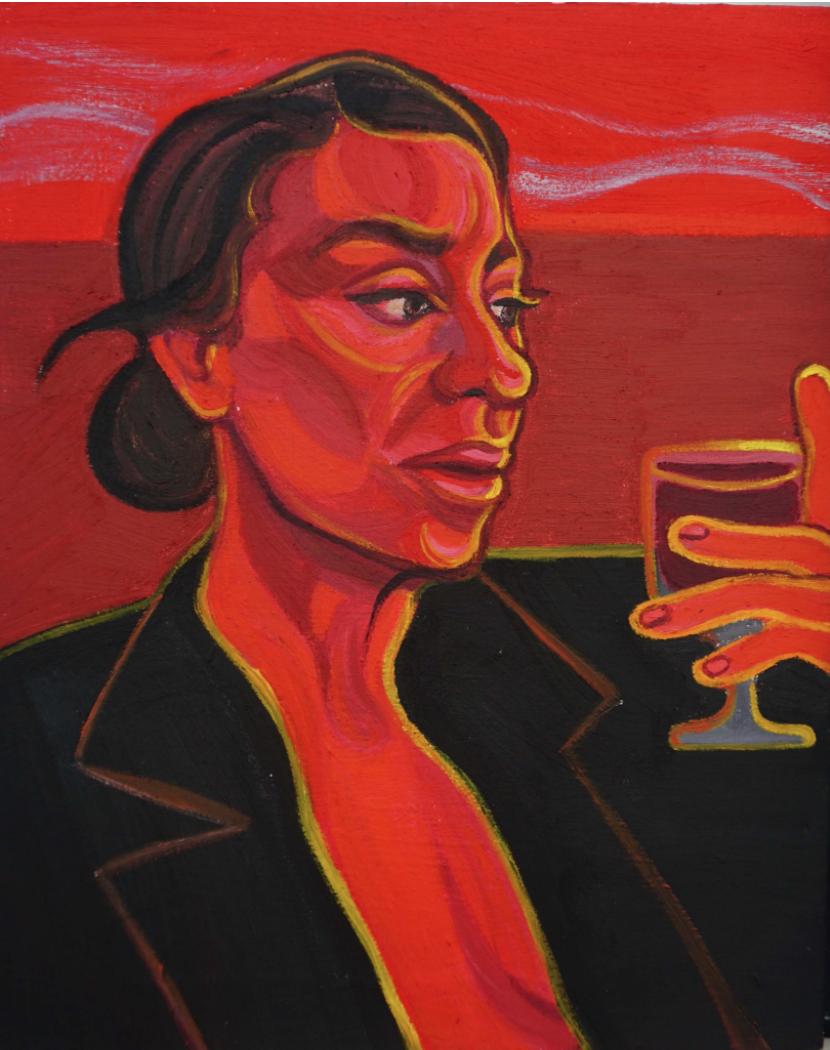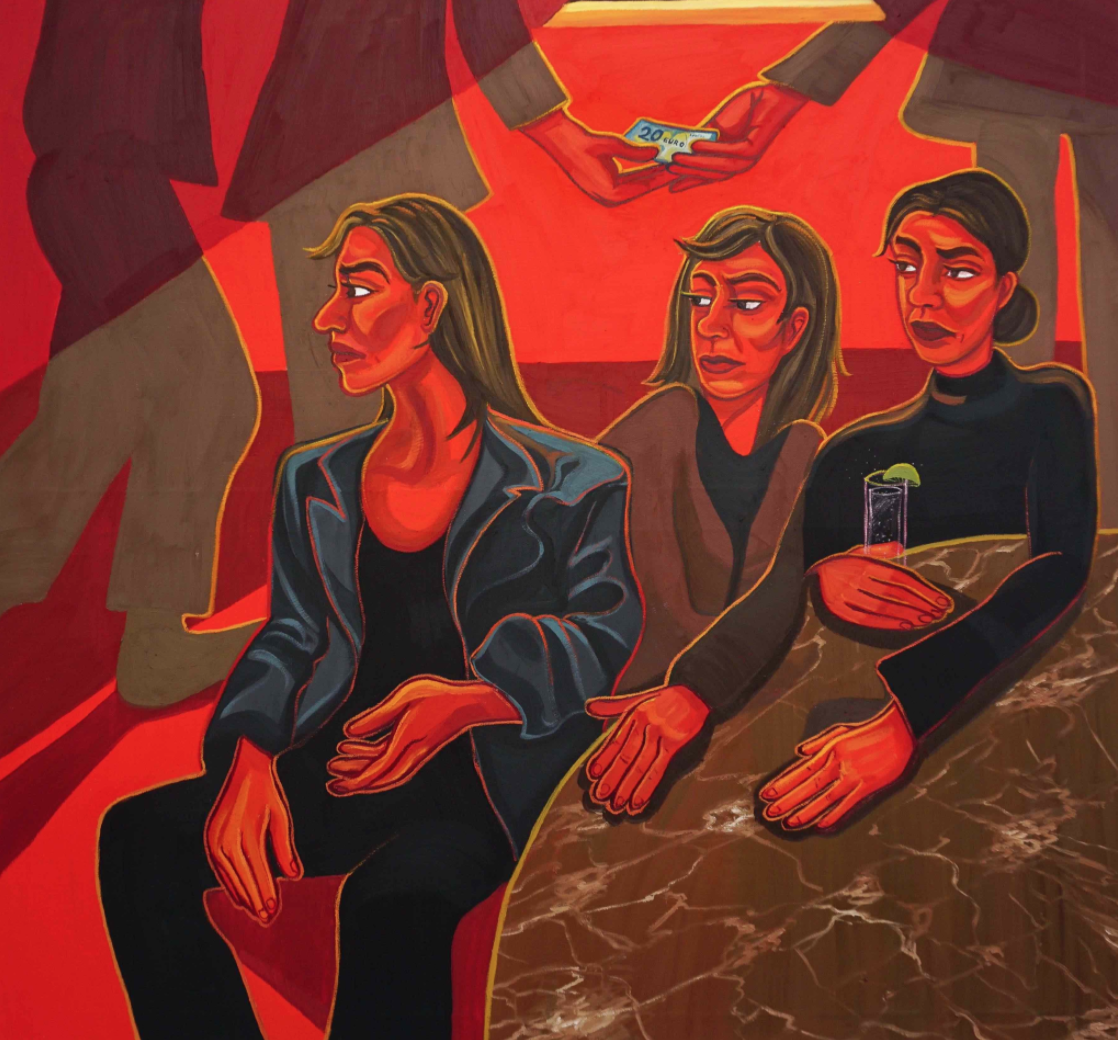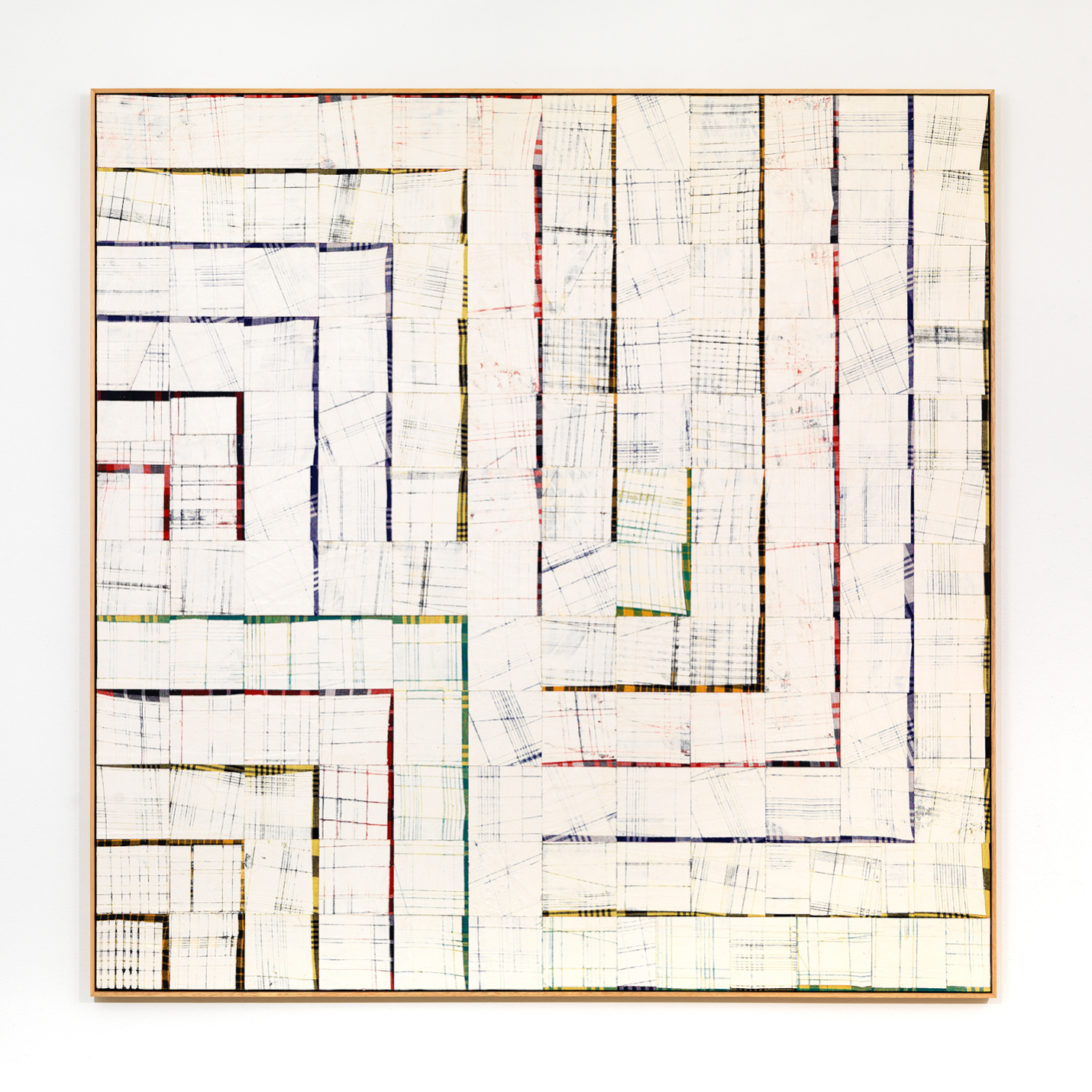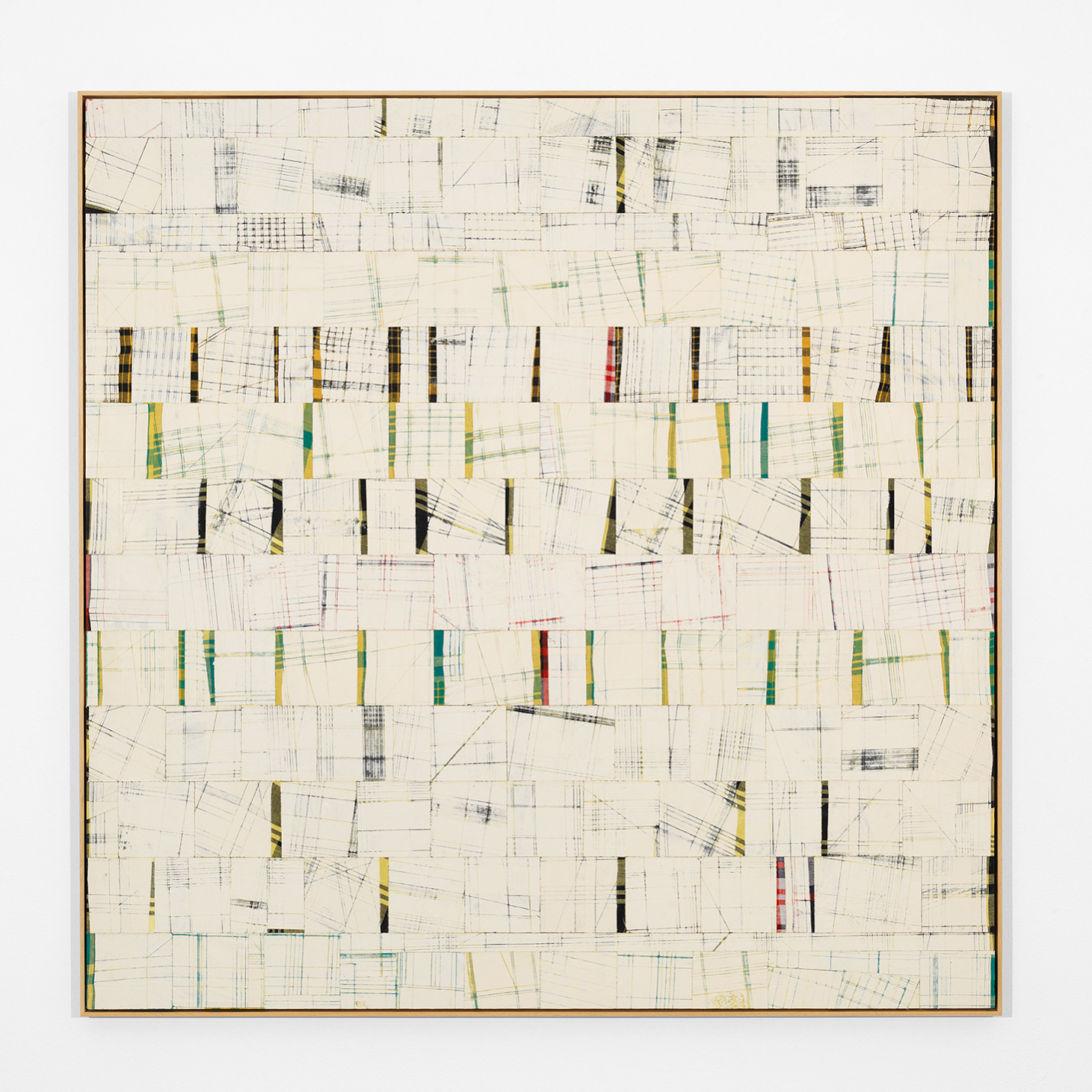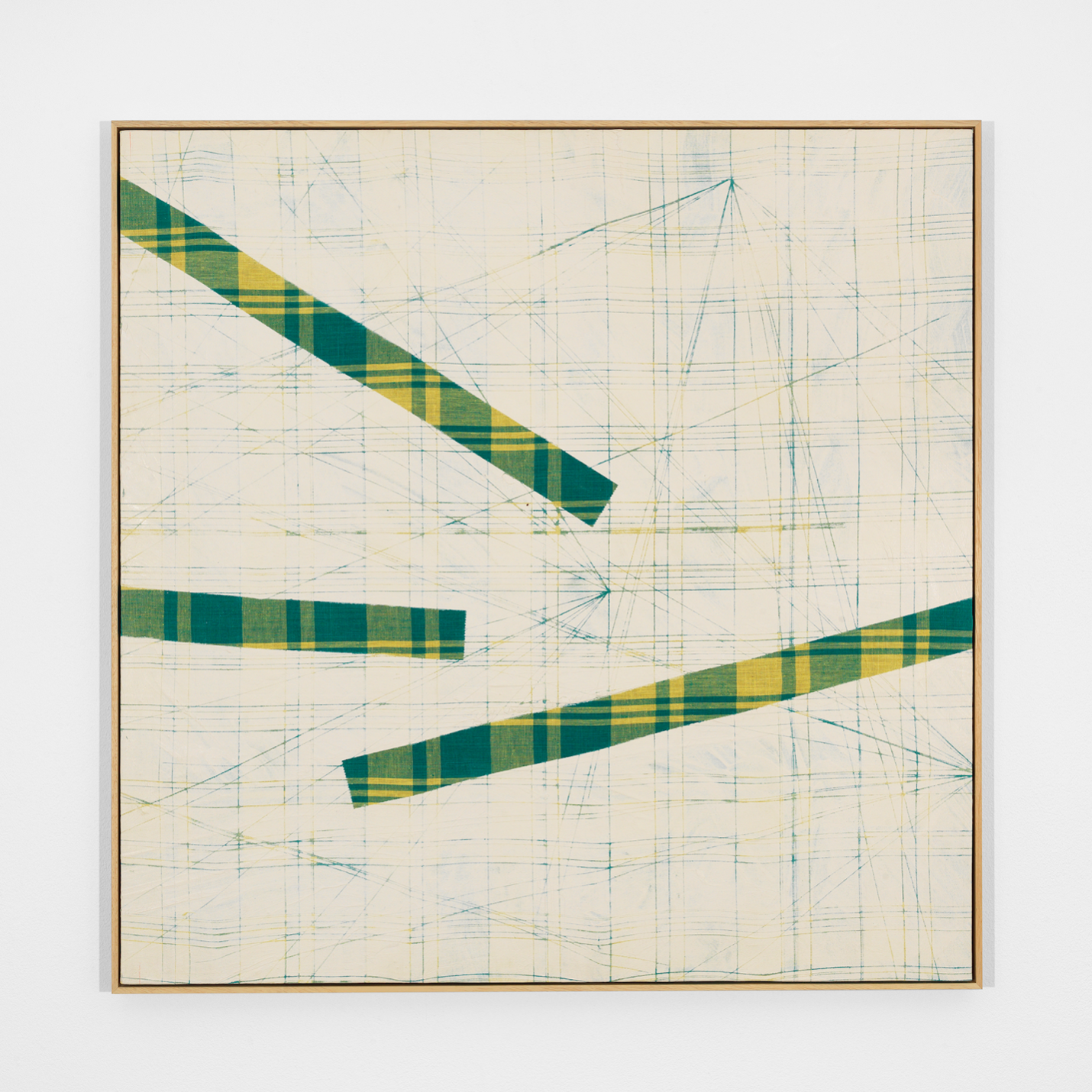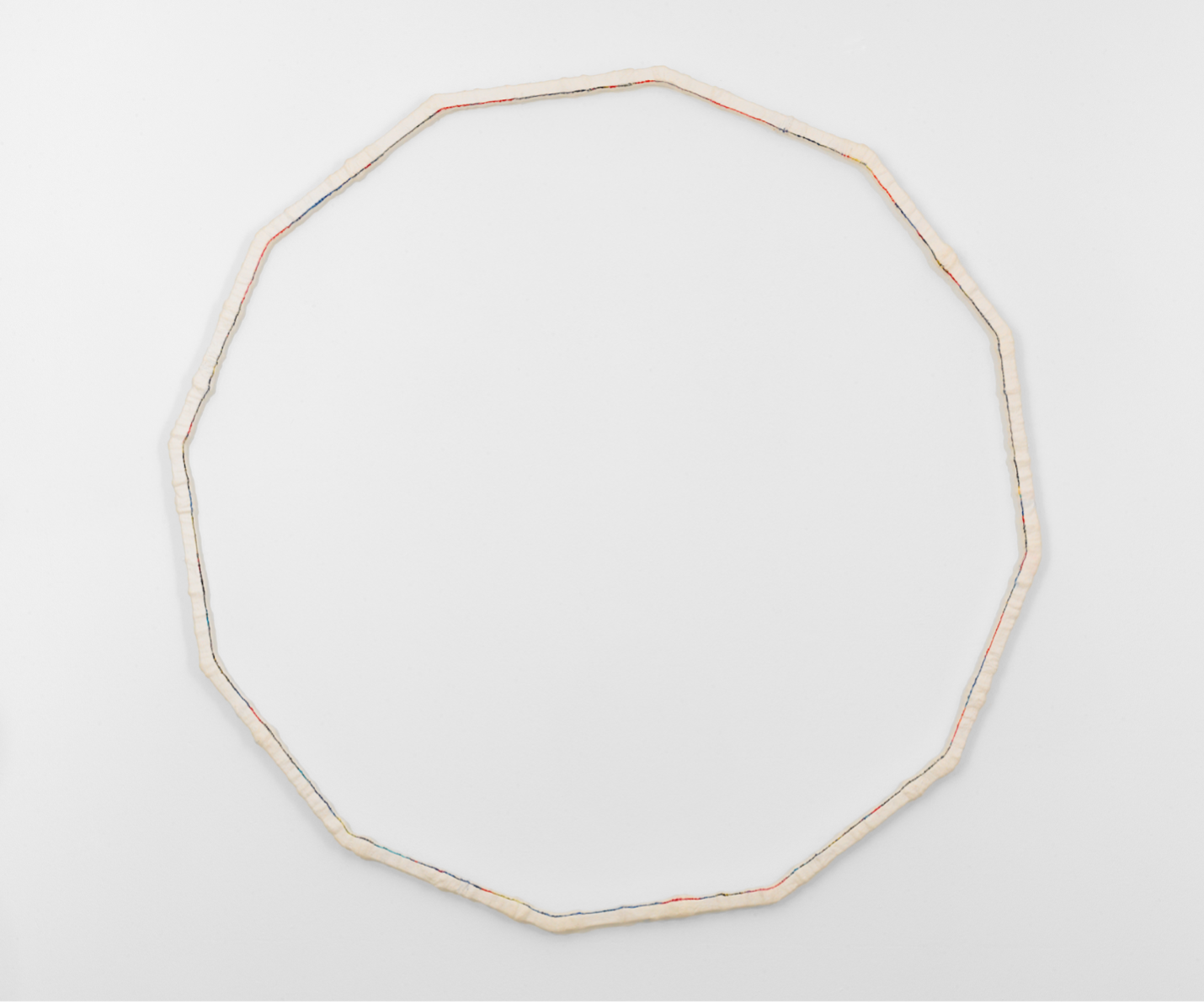Your cart is currently empty!
Byline: Sophie van Well Groeneveld
-

OUTSIDE LA: Cornelia Parker at Tate Britain
Small Island EnergyCornelia Parker’s landmark retrospective at Tate Britain journeys through her multimedia work to narrate a country willingly stuck in small-island-energy. Parker (b.1956) examines objects by considering how they change when their associated value is disrupted, destroyed or dismantled. The juxtaposition between large scale installation and Parker’s accompanying text, dissecting her process and interest, creates an exhibit that is subtly scathing of the geographical entity it is taking place in.
The exhibition begins with Thirty Pieces of Silver (2015), a sculpture of over a thousand pieces of low hanging flattened silver, suspended from the ceiling and gathered in plate-like rounds. It’s a visually pleasing entryway into Parker’s installation work.
The second gallery delves into Parker’s political intrigue with two neighboring sculptures Embryo Firearms (1995) and Embryo Money (1996). Her partnering text tells us the firearm is a cast metal sculpture of a gun from the first step in its manufacturing process that she acquired from visiting a factory in Hartford, Connecticut. The second piece is a metal disc from the Royal Mint, Pontyclubn, Wales. A coin before its currency, value and power are asserted for mass circulation via the addition of someone’s face. Parker’s words, like object poems, make the work accessible whilst ensuring her intrigue and intentions are not misconstrued by the viewer.

Anne-Katrin Purkiss, Cornelia Parker, studio, London, 2013. © Anne-Katrin Purkiss. All Rights Reserved, DACS/Artimage 2022. The screening room plays a selection of Cornelia Parker’s film: a Palestinian father and son weave crowns made from thorns in Bethlehem, machinery makes and throws out poppies at a factory for the UK’s remembrance day, a trio of videos on UK politics includes Parker’s submission as the official artist for the general election in 2017. This depicts a dizzying display of the fast pace chaos of the 90 day election cycle and British tabloids. This is followed by a film of halloween celebrations in New York, a week before the election of Trump, partnered with a video of Trump supporters outside Trump Tower in the piece American Gothic (2017).

Cornelia Parker, Perpetual Canon, 2004. Collection of Contemporary Art Fundación “la Caixa”, Barcelona © Cornelia Parker There’s a disturbing lack of sound that carries through much of the later exhibit. It begins with the echoing noise of the machinery in an empty warehouse in the video of the poppy factory in Richmond. This leads into the installation War Room (2015) a huge tent constructed of suspended strips of material that poppies are cast out of. In Perpetual Canon (2004), marching band instruments are flattened and hung in a round, the orchestral noise instead comes from the many shadows of the instruments on the walls.

Cornelia Parker, War Room, 2015. Image © the Whitworth, The University of Manchester. Photography by Michael Pollard The silent presence felt is also a result of the tension created from the spaces Parker visits in order to make her work: from visiting gun making factories, border control in Texas, to a poppy making factory. A photograph of clouds was taken with a camera Parker borrowed from the Imperial War Museum that belonged to Rudol Hoess, the commandant of Auschwitz. Parker describes looking through the same lens as a mass murderer; the resulting photograph is uneasy and sinister. Her work exposes the most unsettling parts of society, and at times it feels at the expense of herself with the heavy process underlying the artwork.

Cornelia Parker, Avoided Object. Photographs taken on the sky above the Imperial War Museum with the camera that belonged to Hoess, commandant of Auschwitz, 1999. Courtesy the artist and Frith Street Gallery, London. © Cornelia Parker The last piece Island (2022) is a glass garden shed. A bulb inside slowly lights up and dims out like breaths. White lines are painted on the glass using chalk from the White Cliffs of Dover, a quintessential English landmark. Dover is also a politicized transportation entrypoint and departure for the UK, the use of this chalk alludes to the country’s obsessive anti-immigration policies. The white lines keep the light in and the heat away, as Parker would do to her shed as a child to protect tomatoes from the summer heat. The covered shed signifies the UK looking inwards, alone, a small island. Parker is addressing a post-Brexit England not wanting to be part of Europe; a prevalent topic amongst artists and art institutions attempting to evolve and reimagine understandings of Europeanness as the UK chooses a more distant relationship with the continent.
Cornelia Parker at Tate Britain is an immersive critique of the frequent devastation humanity causes, through her intrigue at seemingly arbitrary objects. As the exhibition closes in on the UK with Island, the overarching message that lingers is that not only is small island energy in the UK detrimental and sickly, but nonsensical.
The exhibition runs until October 16th.
-

OUTSIDE LA: Helen Frankenthaler
Dulwich Picture Gallery, LondonThe woodblock prints by American painter, Frankenthaler (b. 1928) that form “Radical Beauty” at Dulwich Picture Gallery in London, follow the wave of recent retrospectives highlighting overlooked 20th-century female artists such as Hilma Af Klimt and Agnes Pelton. This exhibition, much like Matisse’s The Cut-Outs, centers on a medium the artist was lesser known for but may come to be their standout and most memorable work—as I believe for Frankenthaler it should be.
The exhibition features prints created from many layers of woodblock prints, allowing for depth in the colors from the layering prints and wood textures. The color palettes resemble night skies, sunsets, how clouds look out of an airplane window. That is to say they are vast. The feeling I get throughout this exhibit is similar to being in nature with awe-striking landscapes: I tingle, get teary, and feel a little aroused.

Freefall, 1993 by Helen Frankenthaler. Photograph: © 2021 Helen Frankenthaler Foundation, Inc/ ARS, NY and DACS, London/ Tyler Graphic Ltd, Mount Kisco, NY Against the back wall in the first gallery is Freefall (1993). This large print of ocean-blue tones moves into darker hues as the piece spreads. In the lower portion of the piece, the green, peach, and yellow shapes see faint darting vertical lines emerge, making the paper look like wood. The works in this first room set the precedent for experiencing how Frankenthaler’s colors move. Guzzying, a delightful word coined by Frankenthaler to describe the technique where she sandpapers and drills into worked surfaces to achieve different effects, allows the colors to continue spreading, and add additional depth.

Madame Butterfly, 2000 by Helen Frankenthaler. Photograph: © 2021 Helen Frankenthaler Foundation Some works feature the soak-stain technique commonly used in Frankenthaler’s painting to thin out paints making them more translucent and abstract. Japanese Maple (2005) sees juicy rich pinks and reds, offset with a full-moon-like blob of electric blue. A triptych composition, Madame Butterfly (2000) made in collaboration with Kenneth Tyler and Yasuyuki Shibata, is a 1 x 2m work where 102 color woodcuts have been made from 46 woodblocks. Frankenthaler cites her prints as being about ambiguity, speaking to these works not imposing an image or experience, but allowing the colors to ignite nondetermined feelings.

Installation Shot, 2021. Photograph: © 2021 Alice Cotterill for Dulwich Picture Gallery One corridor shows the development stages of prints that formed Essence Mulberry (1977). In this room are some highlights with orange and amber horizontal blocks that are reminiscent of the desert. Frankenthaler says of her woodcut prints: “they’re repeated but they’re different.” The stages of printmaking displayed—along with a video of Frankenthaler at work in her studio—provide insight into the woodblock print process without lengthy curatorial statements distracting the viewer. You are only pulled out of the works with the unavoidable reflection that comes from glass-protected wall pieces being lit up in gallery spaces.
Outside the exhibition sits Frankenthaler’s painting Feather (1979), an iridescent-toned painting contrasted with rich ambers. Shown next to Monet’s Water Lilies and Agapanthus (1923), to highlight both artists’ depictions of the transience of nature through paint, it also remarks on Frankenthaler’s overlooked body of work. “Radical Beauty” is a pleasure for those that don’t perhaps have synesthesia, but want to hear colors and feel colors.
Helen Frankenthaler: Radical Beauty
Until 18 April 2022
-

OUTSIDE LA: “I See You” Ania Hobson
SETAREH X, DüsseldorfAnia Hobson’s women often look like they don’t want to be in the spaces they find themselves in: ready to leave the party, staring at wine to avoid a conversation, planning an Irish goodbye. Her characters are dressed cool and distinct in their clothes, expressions and poise. Ania Hobson (b.1990) from Suffolk, UK, paints large canvases filled by young people, often in groups, as they socialise and scheme where to head to next. They ponder their direction in life at a dining room table, catch up with friends, take a sofa nap, check out a hot passerby.
 Red Wine Ladies, 2021, 140 x 120 cm, oil on canvas. Credit: Ania Hobson, SETAREH.
Red Wine Ladies, 2021, 140 x 120 cm, oil on canvas. Credit: Ania Hobson, SETAREH.I See You is Ania Hobson’s first international show outside of the UK, at SETAREH X in Düsseldorf. The exhibition features nine works, one of which sits in the window for passersby to catch three ladies (Red Wine Ladies, 2021) perched at a table with their hands crossed, sideways-glancing at their waiter. The women have cartoonish qualities with curvaceous arms, simply propped hands, while their faces – eyebrows raised, protruding foreheads, strong jaws – read higher emotional stakes.
Installation view. Credit: Johannes Bendzulla, SETAREH.

The many women in this show are adorned in large coats, baggy jackets and chunky boots, obscuring their figures. The graphic characters are always looking at a scene happening outside of the frame, that the viewer’s eye is not privy to. The viewer is not subject to what interests the women, nor what they participate in. In one painting, Chucking Drink (2021), the splatter of a spilled wine glass is seen poured across two women, yet the character throwing it is not.
Hobson hones in on one space and one colour for the works in I See You, with paintings that are predominantly red and set in bars. The color of nightlife-red light-makes people look better, hides unbecoming details. Red evokes a hazy memory of an evening. It distances the night from reality. Red takes a varying role in the works: sometimes it is a backdrop, other times whole scenes are lit by it.

My Aries, 2021, 41 x 51cm, oil on canvas. Credit: Ania Hobson, SETAREH.Some works depict intimate close-ups of characters cradling their drinks of choice (Sobieski vodka, martinis, wine), while larger scenes of clustered figures inside and outside bars see hair, bodies and cigarettes lit up in outlines of yellow and orange. The paintings have heat to them, felt viscerally against the backdrop of white gallery walls, leaving surrounding space for the viewer to imagine the scenes they cannot see. The characters often appear resoundingly gloomy. Perhaps this feels dated as those who are attending newly reopened nightlife venues are gleefully grasping it. However, Hobson’s paintings feel very tongue in cheek, seeing the humor in the drama of nights, as people seek a mood switch, a different atmosphere.
 After Midnight, 2021, 170 x 160 cm, oil on canvas. Credit: Ania Hobson, SETAREH.
After Midnight, 2021, 170 x 160 cm, oil on canvas. Credit: Ania Hobson, SETAREH.Figurative painting has seen a massive growth in recent years, yet Ania Hobson’s work feels like a fresh ode to bar life. The works are warm, silly and dramatic, while also endearing for the relatability of how drink infused head spaces can dramatize the night time.
https://setareh-x.com/
-

Outside LA: “Ecstatic Draught of Fishes” Ellen Gallagher
Hauser & Wirth LondonEllen Gallagher’s “Ecstatic Draught of Fishes” at Hauser & Wirth London features five new, large scale pieces by the artist known for her multilayered works that merge narratives of water ecosystems, Afrofuturist mythology and music. The selected works allow time for the viewer to be drawn in and familiarize themselves with the universe Gallagher is presenting. Throughout the show, the viewer becomes more adept in Gallagher’s distinct visual language. Her multilayered works encompass oil, watercolor, and collaged paper cut outs. The works exist in the Black Atlantis. Conceived by Drexciya in 1997—a tech duo from Detroit—the Black Atlantis is an underwater world inhabited by the children of enslaved women who were thrown off slave ships during the Middle Passage.

Ellen Gallagher. Watery Ecstatic, 2021. Watercolour, varnish, egg tempera and cut paper on paper 77 ⅝ x 54 ¾ in. Photo: Tony Nathan. © Ellen Gallagher. Courtesy the artist and Hauser & Wirth.Gallagher is known to spend long spans of time on each work, and frequently revisit them. The exhibition features two new works from a continuing series of works Gallagher began in 2001, “Watery Ecstatic.” These immense pieces immediately transport the viewer into the Black Atlantis. Gallagher’s red and pink hues achieve intense dimensionality, despite the watercolor medium, and the layering of cut out paper evokes ocean bed depths. These pieces feel magnetic and beating with life.
Two works in the show that share the exhibition’s title, one containing a backdrop of notebook paper squares in fleshy and bruised tones. This is layered with palladium leaf figures that ride above an abyss of burnt sienna and orange swirls. The palladium heads in both pieces depict traditional Fang figures from the Bantu people of Equatorial Guinea, Gabon and Cameroon. Gallagher stated she was thinking about the sex life of coral, and coral spawn when making these.

Ellen Gallagher. Ecstatic Draught Of Fishes, 2021. Oil, palladium leaf and canvas. 98 x 79 ½ x 1 ⅝ in. Photo: Tony Nathan. © Ellen Gallagher. Courtesy the artist and Hauser & Wirth.
“Ecstatic Draught of Fishes” is an apt title for the monumental, vast world Gallagher creates, full of pain. The artists’ discipline of repetition, with its thoroughness and meditativeness, enables a preliminary transportation to Gallagher’s imagined terrains in this exhibition. However, delving into Gallagher’s influences and symbolic content allows a further appreciation for the complexity of her work.
Ellen Gallagher
Tue – Sat, 10 am – 6 pm21 May – 31 Jul 2021 -

OUTSIDE LA: Remy Jungerman
Fridman Gallery, NYC
PIMBA AGIDA X, 2020. Courtesy Remy Jungerman and Fridman Gallery, New York. Photo: Aatjan Renders Remy Jungerman’s “Brilliant Corners” at Fridman Gallery is the first major US solo show of the artist, known for his panel works and sculpture, which present a postcolonial approach to minimalism. This show comes after his co-representing the Netherlands at the Venice Biennale in 2019, and ahead of his solo exhibition at the Stedelijk Museum in Amsterdam later this year. Jungerman has created an entirely new body of work for this show, refining the textured minimalist panels he has developed throughout his career with his use of materials indigenous to Suriname (colonized by the Netherlands from 1667 until 1975).
Jungerman creates panels of cloth in color-grid patterns overlaid by white. Pimba, the kaolin clay he uses to create the white pigment, is sacred in the Afro-Surinamese religion Winti, where it is used for purification. While he has used Pimba in previous works, it is central to the works in this show. These Pimba works are some of Jungerman’s most intricately gridded pieces to date.

PIMBA AGIDA MADAFO VI, 2020. Courtesy Remy Jungerman and Fridman Gallery, New York. Photo: Aatjan Renders For Jungerman, the act of creating is how he honors his ancestral Surinamese upbringing on his mother’s side; the artworks are the leftover. The artist explained, “The idea that inspired me the most, especially when I’m in Suriname at an ancestral ritual from the family, from my mum’s side, is that I’m very much taken by the leftover. When everyone is gone, I like to walk around the place and take pictures from the things that are left behind.” The panels are achieved through an extensive layering process that involves textile, tape, kaolin clay and carving. The materials and lines overlap, changing color and direction. What appears straight, in fact, curves within the dominating color of white from the kaolin clay.
Jungerman’s materials and reference points present a postcolonial approach to the minimalist form: he visits visual references the viewer may associate with famed 20th century minimalist painters and reconsiders these forms with his own reference points. His geometric lines refer to grids seen in his childhood printed on Maroon tribal clothing, and in books of Western art that he consumed. The syncopated rhythm of the Agida Drum—a 2.5m long drum played in Maroon tribes’ rituals—are felt in the works, palpable in the rhythmic and fragmented movements of the lines.

DAGWE (dodecagon), 2020. Courtesy Remy Jungerman and Fridman Gallery, New York. Photo: Aatjan Renders
A series of sculptures in the show mostly consist of horizontal architectural works that use materials with practical functions: wood planks, screws, etc. The standout sculpture, however, is Dagwe (dodecagon) (2020). The huge wood dodecagon, like the panels, is covered in Pimba that has been carved to reveal the underlying color and pattern of the textile beneath it. The title Dagwe references a snake connected to the Earth Pantheon in Winti. Jungerman bridges the layering process used in his paneled works into a new form with this cyclical piece.
This exhibition highlights the cohesive body of works that Jungerman has created over the span of his career: panels and sculptural works that emphasize the untold breadth and stories that are still to be considered within a minimalist form.

PIMBA AGIDA VI, 2020. Courtesy Remy Jungerman and Fridman Gallery, New York. Photo: Aatjan Renders
